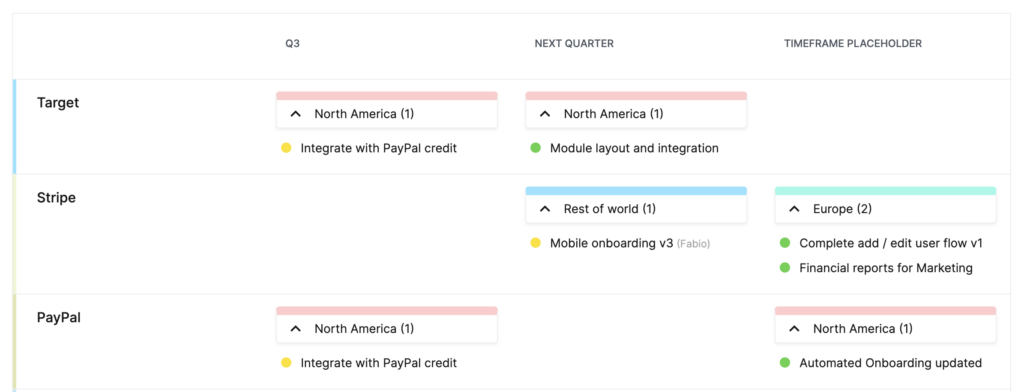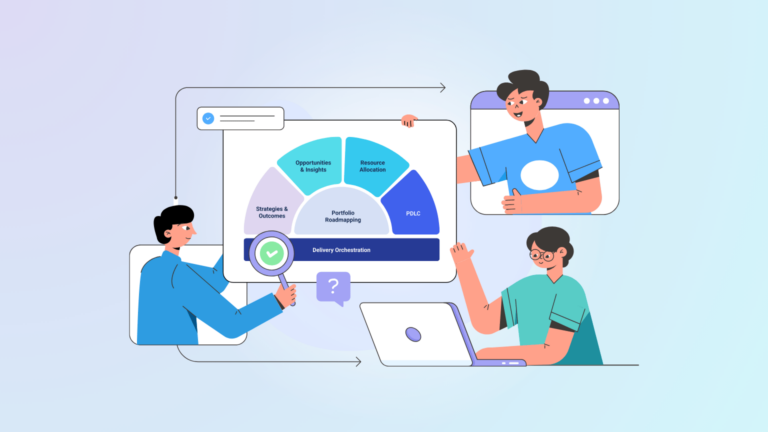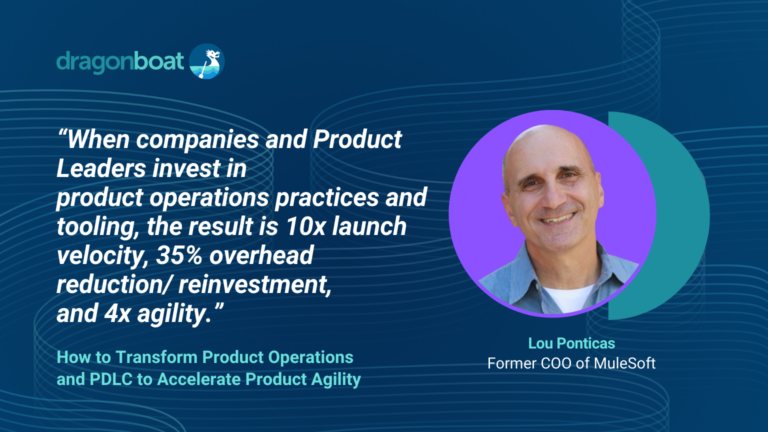Last week at the Totango Customer Success Summit, one could not help but notice the overwhelming theme that customer success has become a company-wide culture in which everyone must participate. Half of the topics on day one of the conference reflected this. For example, one of the roundtable topics that I participated in was called, “How collaboration leads to higher impact.” We spent a lot of time talking about how to improve collaboration between product management and customer success, which is urgently needed.
According to a 2022 survey from the Technology Services Industry Association (TSIA), 61% of respondents said that the handshake between product management and customer success is either poor or fair.
Ouch!
This poor relationship negatively impacts customers and the business, but not by the fault of any one team. Product management is creating customer value. Customer success is delivering customer value. Both with great intentions
The problem is that each function is busy with their own activities and not [always] working together to jointly create AND deliver value to customers.
In this post, I describe two ways to improve collaboration between customer success and product management for the benefit of the customer.
Submit Customer Ideas Directly and With Context
On the one hand, product teams want all the ideas they can get from customers. On the other hand, product teams don’t just want a laundry list of feature requests. When a product team asks, “Please send us customer ideas and feedback,” the list grows until it becomes ignored leaving CSMs and customers to wonder, “Why won’t the product team deliver anything that customers want?”
One way to solve this problem is for product teams to design an intake process so that customer success can submit ideas directly into the product tool and tag customer feedback with existing company goals, priorities, product themes, time frame expectations, and anything else that could be helpful for product to understand the context of the feedback or request.
How to Do This in Dragonboat
Product teams can make the Dragonboat Feedback Module available to all customer-facing teams (free users). Feedback, requests and Insights can be submitted via Slack, Request Portal, Zendesk and integrated with Salesforce. This enables customer success to enter ideas directly and label each idea with the necessary metadata to provide context to the idea; for example, relevant product, customer’s desired outcome, priority, desired time frame, existing roadmap themes, and more. One can even create custom fields and pre-populate them with existing “customer problems” this idea solves.
Empowering customer success to provide predefined context to customer feedback does two things:
- Helps customer success translate what the customer wants to what the product team is currently solving for
- Provides the product team the freedom to focus on solving those problems rather than reacting to feature requests

Once customer success starts adding ideas with context directly into Dragonboat, the product team can use the Feedback Insights reporting to see trends, themes, and connections between all of the ideas. Product teams can see which, and how many customers have ideas related to the top priority product theme or pain point the team is prioritizing this quarter and next. Seeing patterns like this, the product team can immediately consolidate and “link” those ideas to roadmap items…all in Dragonboat.
This focus on outcomes keeps teams away from falling into the “build trap.”
Communicate Progress in Real-Time
The intake process is just one-half of the full loop. Asking for feedback and then not communicating back on how you addressed the feedback is worse than not asking for feedback at all.
Easier said than done.
Most product teams struggle with this because communicating progress means spending hours and hours creating, updating, and sharing slide decks and spreadsheets only to find out that either no one reads them or the people who do want different information.
Product teams should be able to create simple views, straight out of their tools, and share the right information to the right stakeholder for real-time updates. The problem of course is that product teams use software that no one else has access to. Hence the slide decks and spreadsheets.
How to Do This in Dragonboat
The great thing about doing this in Dragonboat is that you will no longer have to create status updates on slide decks and spreadsheets. Product teams can create views in Dragonboat that specifically show progress on customer feedback as they relate to existing roadmap items. Progress can include lifecycle stages, time frames, predicted delivery dates, and items that are behind schedule or at risk. Customer success managers can look at these views before each customer meeting and be more proactive with customer communications.

When there are questions, product and customer success can communicate with each other asynchronously in Dragonboat and in the context of the roadmap items or customer idea. No need for meetings and ad hoc progress reports.
Design a Full Loop Customer Feedback Intake-Progress Process
Product management and customer success want the same thing: create and deliver value to customers. This shared goal often gets lost when we design our organizations, tools, and processes without collaboration in mind. Dragonboat can bring product and customer teams together in pursuit of long-term customer value.
If you want to learn how Dragonboat can help improve collaboration between product management and customer success, talk to us.




